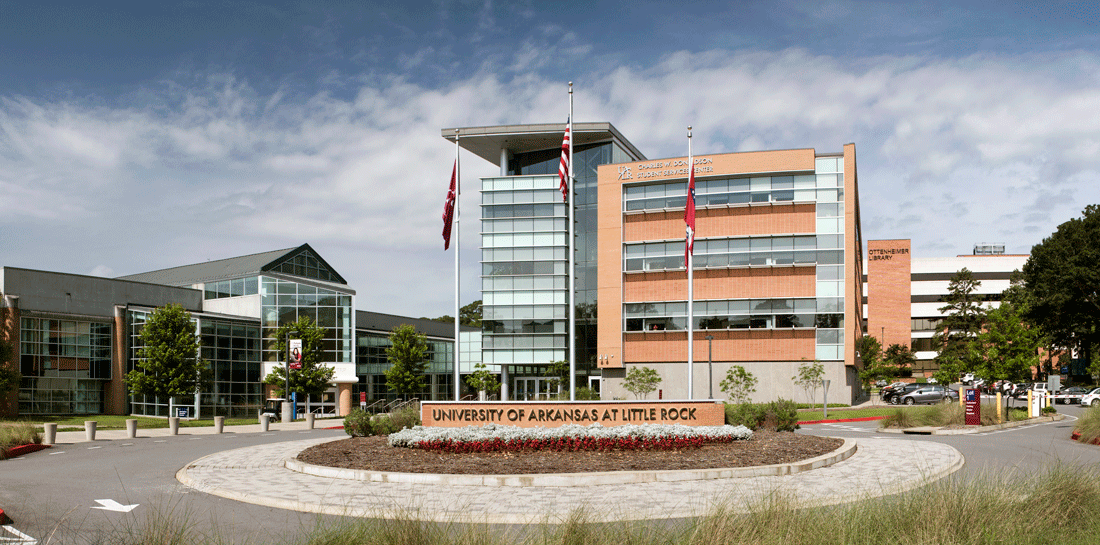UA Little Rock students present research at Art History Symposium
Three University of Arkansas at Little Rock students presented research at the 28th annual Arkansas College Art History Symposium March 8-9 at the University of Arkansas at Fayetteville.
Sarah Harper, art education major, Sandi Harvell, art history major, and Jana Miller, who is pursuing a master’s degree in art history, presented their papers at the conference. Dr. Lynne Larson, assistant professor of art history, and Dr. Floyd Martin, professor of art history, served as faculty advisors for the students.
UA Little Rock’s papers included:
- Harper, “Understanding Berthe Morisot’s Synesthetic Depiction of Music in ‘Le Flageolet’ through a STEM Perspective”
- Harvell, “The Exploration of the Fallen Woman in Art during the late Victorian Era: Society’s Cautionary Tale”
- Miller, “War on the Streets: Social and Political Commentary in Street Art of the Middle East”
The symposium was born through friendship and an awareness that undergraduate students in the state of Arkansas did not have an opportunity to present their research — an important experience for future art historians.
Floyd Martin, of the University of Arkansas at Little Rock, and Gayle Seymour, of the University of Central Arkansas, are the symposium founders and visionaries. The 30-year friends saw a need and established the Arkansas College Art History Symposium in 1991.
The symposium experience echoes the expectations given to professional historians. Students have the opportunity to formally present their work, network with students in the state with similar interests and give greater attention to the discipline. The symposium also provides a unique opportunity for art history faculty from colleges and universities across the state to interact.
The symposium featured 12 students who were selected based on proposals submitted earlier in the year. Selected students delivered 20-minute illustrated presentations on their areas of research.
“For many students, giving a 20-minute presentation is challenging and requires a lot of preparation,” Martin said. “Once the event occurs, there is a celebratory atmosphere, as students see their hard work affirmed by students and faculty.”
